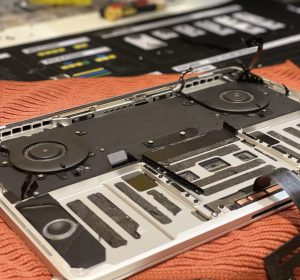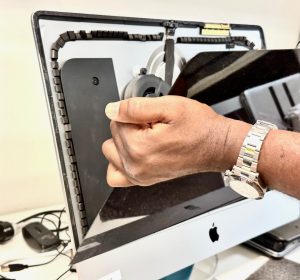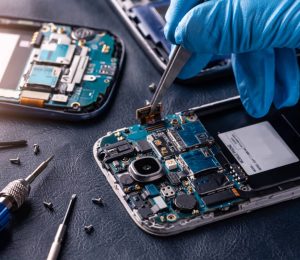When fixing your device yourself, there are several important things to be aware of and cautious about. Here are some common pitfalls to avoid:
1. Warranty voiding: Opening up your device and performing repairs yourself may void any existing warranty. Before attempting any repairs, check the warranty terms and conditions to understand the potential consequences.
2. Lack of expertise: Repairing electronic devices requires technical knowledge and skills. If you’re inexperienced or unsure about the repair process, it’s better to seek professional help. Incorrectly disassembling or reassembling your device can cause further damage or render it inoperable.
3. Safety hazards: Some devices, especially those with built-in batteries, may pose safety risks if mishandled. Lithium-ion batteries can be volatile if punctured or damaged. Take necessary precautions, such as wearing protective gloves and working in a well-ventilated area. If you’re uncertain about handling batteries or other potentially hazardous components, it’s best to leave it to professionals.
4. Lack of proper tools: Using incorrect tools or improper techniques can damage delicate components or cause cosmetic issues. Always use the right tools for the job, such as precision screwdrivers, spudgers, and tweezers designed for electronic repairs. Avoid using excessive force or makeshift tools that could lead to unintended damage.
5. Component compatibility: When replacing parts, such as screens or batteries, ensure they are compatible with your specific device model. Check for correct dimensions, connectors, and specifications. Using incompatible components may result in malfunctioning or incompatible functionality.
6. Small parts and cables: Smart devices often contain tiny screws, connectors, and cables that can easily be lost or damaged during the repair process. Maintain a clean and organized workspace, and keep track of all the components you remove. Take pictures or make notes during disassembly to help with reassembly.
7. Static electricity: Static electricity can discharge and damage sensitive electronic components. Use an anti-static wrist strap or touch a grounded object before handling electronic parts. Avoid working on carpeted surfaces, wear an anti-static mat, and handle components by their edges whenever possible.
8. Lack of proper documentation: It’s important to have access to accurate repair guides, manuals, or online tutorials specific to your device model. Follow step-by-step instructions carefully and double-check your work at each stage to avoid mistakes.
9. Time and patience: Rushing through a repair or skipping steps can lead to errors or oversight. Take your time, be patient, and pay attention to detail. If you’re feeling frustrated or fatigued, it’s better to take a break and resume the repair with a clear mind.
Remember, if you’re uncertain about any aspect of the repair process or lack the necessary skills, it’s best to seek professional assistance. Taking your device to an authorized repair center or contacting the manufacturer’s support team can ensure a safe and reliable repair.





